How To Improve Patient Communication With Tech
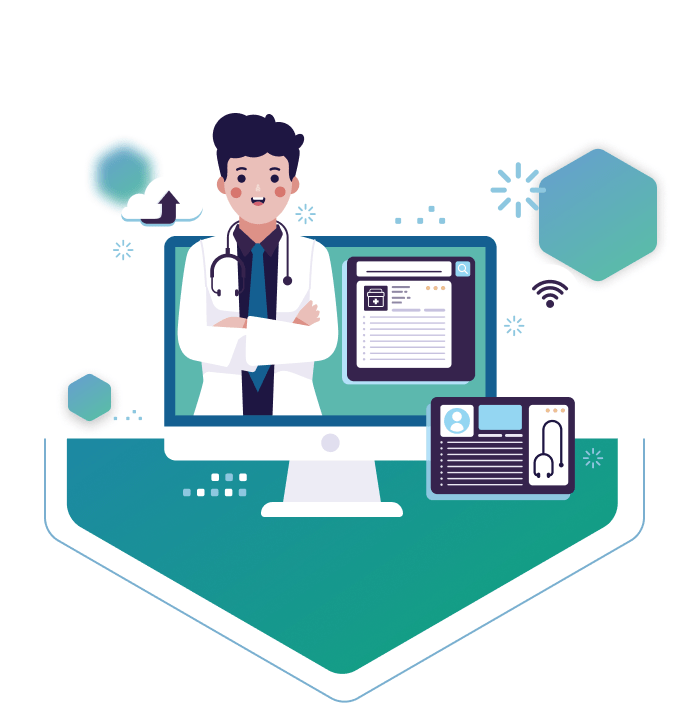
INTRODUCTION
Good communication is the foundation of high-quality healthcare and is essential to patients’ safety, satisfaction, and health. It can also help to improve the efficiency of care delivery and reduce the cost of care. Communication between physicians and patients is especially important because it promotes trust, which is the foundation for the entire healthcare system.
Communication between patients and health care professionals can be vastly improved through the use of technology. Digital tools allow patients and providers to communicate more quickly and clearly. Post pandemic, more and more patients are preferring to engage and communicate with their caregivers digitally and remotely via omnichannel online mediums.
According to a study by Regenstrief Institute, 47% of people are using technology to communicate with their healthcare providers.
Similarly, a survey by Accenture revealed that 70% of the responding patients say they are more likely to choose a provider that offers reminders for follow-up care via email to text.
This article highlights the importance of effective communication in healthcare and how lack of it can be detrimental to both hospitals and patients. The article also sheds light on how technology can vastly improve patient communication.
Poor Communication In Healthcare: What Are The Consequences?
Unsatisfactory Patient Experiences
Poor patient experiences are frequent when there is poor communication between patients and healthcare professionals. A system that enables patients to openly express their concerns and effectively communicate any medical issues while also receiving high-quality medical care is essential for creating positive patient experiences.
Irregular Follow-Ups
Healthcare professionals have busy schedules. As a result, they may unintentionally forget to keep in touch with their patients on a regular basis. Regular follow-ups could prevent needless treatment delays.
Wrong Diagnoses And Prescriptions
The doctor may not have a complete understanding of the patient's medical history if communication between them is not smooth. If the patient's conditions and problems are not fully documented, the doctor may diagnose the patient incorrectly and prescribe incorrect medications, which can have serious consequences.
Incorrect Recommendations
All members of the healthcare team must securely share crucial patient medical records. To deliver outstanding patient care, it is essential to record the most recent data accurately. Unreliable data sharing can result in recommendations for treatments or medications that are gravely inappropriate for the patient.
Loss Of Reputation For Care Providers
Trust is the cornerstone of the entire healthcare system. When patients believe the information they receive from providers is unclear or inaccurate, they frequently lose faith in the medical system. If patients feel they are not receiving the proper attention as part of their overall treatment plan, they may also lose faith in other facets of their experience receiving medical care.
Lower Patient Lifetime Value
Patient lifetime value is the predicted total of all future revenues or profits that a particular patient is likely to generate for your healthcare brand. Lack of effective communication with your patients may negatively impact your trustworthiness with patients and they may not turn up at your facility in the future.
What are the effects of poor communication in healthcare?
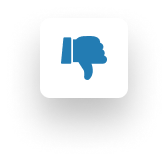
Poor patient experience
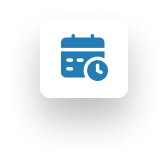
Irregular follow-ups
Poor patient experiences are frequent when there is poor communication between patients and healthcare professionals. A system that enables patients to openly express their concerns and effectively communicate any medical issues while also receiving high-quality medical care is essential for creating positive patient experiences.
Healthcare professionals have busy schedules. As a result, they may unintentionally forget to keep in touch with their patients on a regular basis. Regular follow-ups could prevent needless treatment delays.
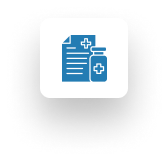
Wrong diagnoses and prescriptions
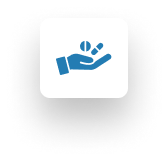
Incorrect recommendations
The doctor may not have a complete understanding of the patient’s medical history if communication between them is not smooth. If the patient’s conditions and problems are not fully documented, the doctor may diagnose the patient incorrectly and prescribe incorrect medications, which can have serious consequences.
All members of the healthcare team must securely share crucial patient medical records. To deliver outstanding patient care, it is essential to record the most recent data accurately. Unreliable data sharing can result in recommendations for treatments or medications that are gravely inappropriate for the patient.

Loss of reputation for care providers
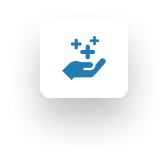
Lower patient lifetime value
Trust is the cornerstone of the entire healthcare system. When patients believe the information they receive from providers is unclear or inaccurate, they frequently lose faith in the medical system. If patients feel they are not receiving the proper attention as part of their overall treatment plan, they may also lose faith in other facets of their experience receiving medical care.
Patient lifetime value is the predicted total of all future revenues or profits that a particular patient is likely to generate for your healthcare brand. Lack of effective communication with your patients may negatively impact your trustworthiness with patients and they may not turn up at your facility in the future.
WHY IS IT ESSENTIAL TO IMPROVE PATIENT COMMUNICATION?
FOR PATIENTS
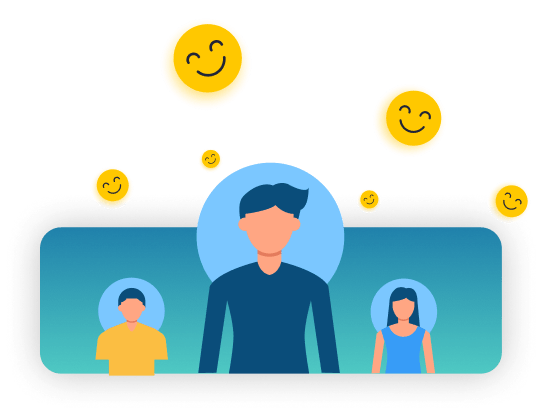
Patient Experience
Patient satisfaction is attained when every step of the medical process is completed effectively and to the patient’s expectations. Patients anticipate that their medical staff will:
- Pay attention to issues
- Follow up frequently
- Provide progress updates
- Give adequate explanations for each step of the healthcare process
- Regularly update prescriptions
- Securely manage medical records
- Provide high-quality care.
It is only possible if the healthcare team communicates with the patient on a regular basis and focuses on their expectations and needs.
Transparency and loyalty
To get the highest possible standard of medical care, people spend a lot of money on healthcare. They, therefore, anticipate that the entire process will be open and transparent. When a patient is informed about everything, including the cost and rationale for their medications, they feel satisfied and included. It fosters patient loyalty and positive brand perception. Healthcare professionals can maintain transparency by regularly communicating with their patients and informing them of all procedures, diagnoses, and modifications to their treatment plans.

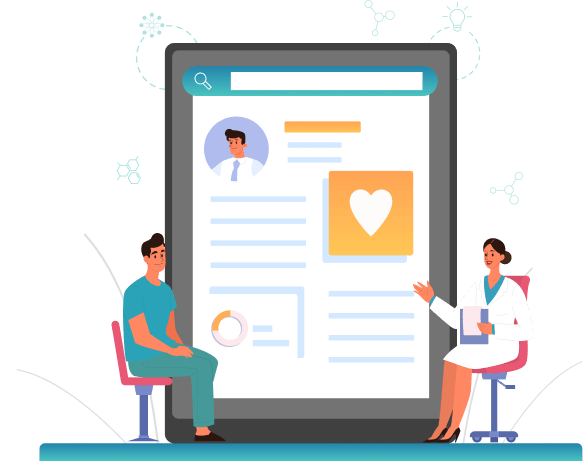
Regular follow-ups
Follow-ups are crucial on a regular basis because:
- They assist in figuring out whether the patient is properly adhering to the prescribed course of treatment.
- They aid in monitoring whether the patient is consistently taking their prescriptions.
- They aid in determining whether a patient is experiencing any negative drug reactions. The medical staff can recommend better treatments and prescriptions when they are fully informed about the patient’s medical history. However, the team can only stay informed about the patient’s medical condition if they regularly communicate with the patient and pay attention to what they have to say.
- They aid in determining whether adjustments to the prescription or course of treatment are necessary.
Informed recommendations
The medical team can recommend better courses of treatment and prescriptions when they are fully informed about the patient’s medical history and the most recent advances in medicine. However, it’s only possible for the team to be informed of the patient’s medical state when they speak with them frequently and pay attention to what they have to say.
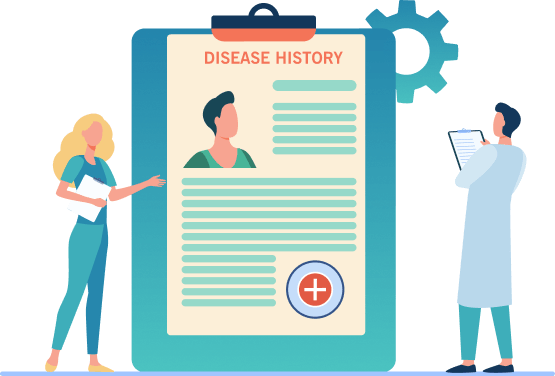
FOR HEALTHCARE PROVIDERS
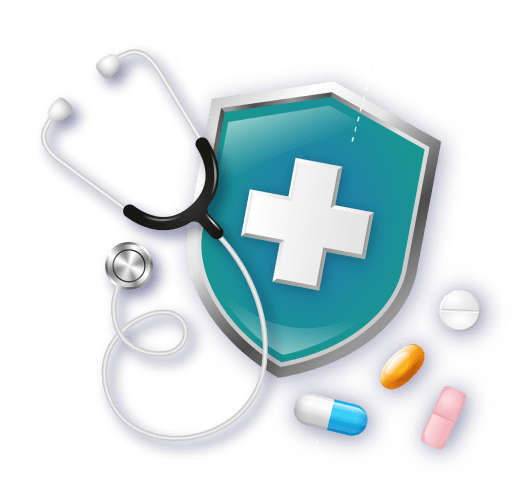
Development of trust in healthcare brand
Healthcare is a complex and ever-changing field, and patients must be able to trust their providers to have their best interests at heart. Good communication is essential to building trust between patients and providers.
When patients feel like they are being listened to and their concerns are being taken seriously, they are more likely to trust their provider. Providers should take the time to explain procedures and treatments and answer any questions patients may have.
Open and honest communication about potential risks and expected rate of success can also help to build trust.
Timely Availability of Information
Healthcare being a severely time-sensitive industry, having access to timely information might be the difference between life and death. Proactive care, which encourages preventive actions, is practised by care teams when they routinely communicate with at-risk patients—as well as with each other—about conditions, diagnostics, and treatment regimens. This proactive care can help prevent life-threatening events.
The goal of proactive care is to provide patients with tailored healthcare that makes crisis prevention for care teams second nature and empowers patients to take more ownership of their own health and sensitive data.


Optimize resources and continuous improvement
The efficient and prompt exchange of essential information across the several healthcare stakeholders is likely to eliminate delays that hinder the healthcare system’s ability to operate effectively. As a result, the community is ultimately provided with better-quality services and healthcare professionals are used more effectively.
Moreover, with sound communication lines care providers can ask patients if they are satisfied with their treatment, whether the diagnosis was proper, follow-up with them post-treatment.
Feedback from patients and service users provides valuable insight into how patients perceive healthcare services offered. A closer look at patients’ feedback will reveal what is working well and what needs improvement in the way care is provided.
Better Reputation
It takes effective communication abilities to establish a positive reputation in healthcare. Patients, families, and other healthcare professionals are more likely to listen to your advice and adhere to your care plan when they respect and trust you. Building relationships with patients and their families is made simpler by effective communication, and this can improve health outcomes and brand reputation as well.

HOW CAN TECHNOLOGY IMPROVE COMMUNICATION IN HEALTHCARE?
New technologies are constantly transforming the healthcare industry. Technologies that are simple to use, practical, and adaptable can greatly enhance communication in the healthcare industry. The following technologies can ensure effective communication in the healthcare sector

AI-based chatbots
Medical chatbots are AI powered digital assistants that facilitate communication and connection between patients and healthcare professionals. Thanks to healthcare chatbots, patients can get in touch with doctors when they need them even during a pandemic. For instance, WhatsApp and the World Health Organization (WHO) collaborated in 2020 to create a chatbot service that responds to users’ inquiries about COVID-19. Additionally, they are essential in ensuring that the appropriate stakeholders have quick and easy access to critical health information at the right time.
Smart chatbots support medical professionals and help to improve healthcare processes by producing actionable insights and improving the patient experience. They also keep tabs on patient satisfaction and schedule appointments and track follow-ups and cancellations. A Salesforce survey found that 86% of customers would prefer to communicate with a chatbot than fill out a website form.
Additionally, healthcare chatbots can automate all the lower-level, repetitive tasks that would otherwise be carried out by a representative and offer patients round-the-clock assistance. Patients no longer need to wait in line for hours for a representative to examine their inquiries thanks to chatbots.
These chatbots are a big help in intelligently providing empathetic & supportive care because they are intuitively made to make patients feel heard, valued, and validated.
Kiosks
Registration and patient intake are major sources of frustration for both patients and providers. Prior to an appointment, it can be difficult and time-consuming to gather up-to-date patient information, determine the patient’s insurance status, and understand their needs, especially if this process is paper-based. For a wide range of tasks related to patient care and engagement, practices are using a variety of self-service kiosks. In addition to letting staff know that patients have arrived for appointments, patient check-in kiosks enable patients or their caregivers to check in, complete the necessary paperwork, help patients navigate within the facility, book follow-up visits, and even make payments.


QR Codes
When used in the healthcare industry, QR codes can be a potent tool for fostering transparency, enhancing communication, and streamlining the exchange of information between patients and healthcare professionals. QR codes are a simple way to deliver targeted communications to your patients where they are most likely to refer to them: their phones. A survey found that out of all the patients, 67% were at ease using QR codes and that 54% preferred using QR codes to access online information over printed copies.
QR codes connect patients and their families with important information about their health or useful information without requiring them to perform manual steps. Patients can be reached using QR codes in a variety of ways, such as connecting them to the hospital website, directing them to a blog post or video about a specific condition or medication, assisting them in making online appointments, and conveniently making requests during hospital admissions.
IVR
Intelligent Interactive Voice Response (IVR) is an automated technology that allows human callers to make self-service, interactive calls using their phone’s keypad or voice input. The technology reduces the demand to speak with live agents and helps callers to find or input information by phone 24x7x365.
Patients contact healthcare providers for a variety of purposes, including information requests, prescription refill requests, appointment requests, and more. Therefore, it’s critical to be able to manage incoming call volumes and give customers the knowledge and support they require. IVR can be used in the following ways by your medical facility:
- Gather new patient data
- Set up appointments
- Provide medication information
- Collect feedback
- Process payments
- Record requests for prescription refills
- Submitting insurance claims


IoT devices
A significant portion of hospital expenses are for medical diagnostics. The routines of medical examinations can be moved from a hospital to the patient’s home thanks to technology. The cost of hospitalisation will be decreased if patients receive the proper outcomes at their homes.
The Internet of Things (IoT), a brand-new paradigm, is widely applicable in a variety of industries, including healthcare. Before IoT, it was extremely difficult for medical professionals to continuously monitor patient health and offer recommendations. Remote monitoring in the healthcare industry is now possible thanks to IoT-enabled devices, unleashing the potential to keep patients safe and healthy and enabling doctors to provide excellent care. As doctor-patient interactions have become simpler and more effective, it has also raised patient engagement and satisfaction.
Additionally, remote patient monitoring shortens hospital stays and avoids readmissions by keeping an eye on patients’ health. IoT has a significant impact on lowering healthcare costs and enhancing patient outcomes.
IoT for Patients – Patients can access individualized care with the help of wearable devices like fitness bands and other wirelessly connected devices like blood pressure and heart rate monitor cuffs, glucometers, etc. These gadgets can be programmed to remind users to keep track of their blood pressure variations, appointments, and many other things.
Alert mechanisms notify concerned family members and medical professionals when a person’s regular activities are disturbed or change.
IoT for Physicians -Physicians can better monitor patients’ health by utilizing wearables and other home monitoring devices that are IoT-enabled. They can monitor a patient’s adherence to their treatment regimen or any urgent medical needs. Healthcare professionals can now actively engage with patients and be more vigilant thanks to IoT. IoT device data can assist doctors in choosing the most effective course of treatment for patients and achieving desired results
IoT for Hospitals – There are numerous other applications for IoT devices in hospitals besides patient health monitoring. The real-time location of medical equipment like wheelchairs, nebulizers, oxygen pumps, and other equipment is tracked using IoT devices tagged with sensors. Real-time analysis can also be done of the placement of medical personnel at various sites. IoT devices help in fall detection of patients, ensuring timely care when patients, especially seniors, experience a fall.
Telemedicine
Telehealth is the term used to describe the delivery of medical or healthcare services via telecommunications technologies. It enables medical professionals to communicate with patients via video calls, phone calls, and chats in order to consult, diagnose, inform, counsel, and treat them.
Through telehealth, patients can consult with medical professionals and receive care at home without having to wait a long time for appointments.
The field of telehealth is new. Even though it has been around for a while, there has been a rise in adoption since the pandemic.

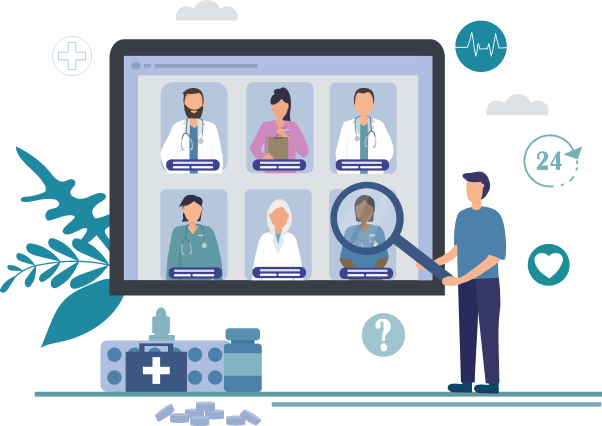
Remote Patient Monitoring
The term “remote patient monitoring” describes keeping tabs on patients’ health while they are away from the hospital. With the help of digital technologies, health information is gathered from the patient’s location and securely sent to the doctor’s location.
There are many advantages to remote patient monitoring that can enhance healthcare communication. Additionally, every application for remote patient monitoring complies with HIPAA regulations, which set standards for the security of patient data.
Patient Portals
Patients can access health-related information on websites known as patient portals. Patients can read health-related educational materials and make or cancel appointments using the patient portal. Patient portals also make it simple for patients to communicate with doctors and receive timely responses to questions about their health.
Since patient portals are accessible online around-the-clock, patients can use them whenever they need them. Without having to schedule face-to-face doctor appointments, they could also learn about their health status. Therefore, patients would be encouraged to take charge of their health and make wise decisions that would lead to an improvement in health status.
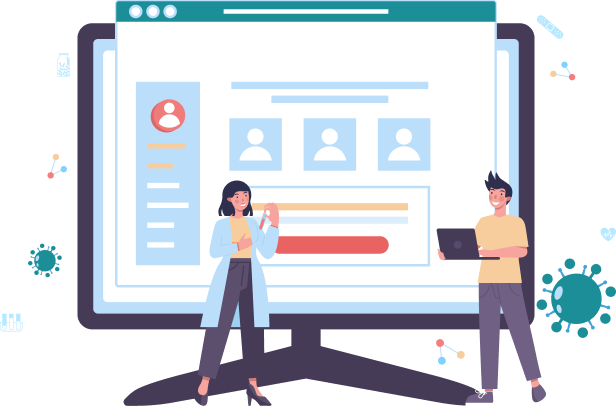
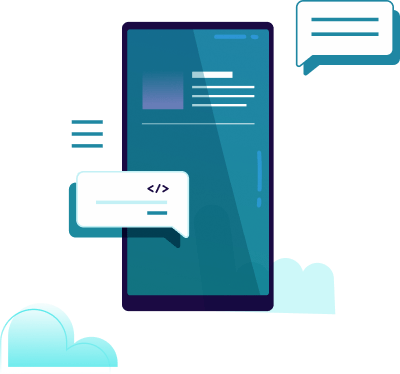
Mobile Medical Apps
Any healthcare professional could handle patient communication in real-time and from any location with the aid of a mobile app. Most mobile apps offer the option of secure two-way messaging. Patients can contact their doctor whenever they have a question or are running late for an appointment.
A mobile app also makes it possible to access patient data right away. To efficiently manage patients’ needs, healthcare providers may have simple access to data, such as consultation records. They can set up their schedules wherever they are and receive notifications whenever a new request for consultation comes in.
E-mail Campaigns and Newsletters
Healthcare professionals can effectively communicate with patients between appointments thanks to email campaigns. They may also inform patients about new illnesses and medical advancements by regularly sending them emails. Advanced email systems also let medical professionals group their patients into different categories so they can send each group more specific messages. Patients will receive information that is relevant to them instead of messages that seem unnecessary in this way.
Furthermore, in order to remind patients of upcoming appointments, providers may email them. Additionally, they could design campaigns that are pertinent to each patient’s current state of health. They might decide to send emails to patients more frequently when they are still undergoing treatment compared to when they have already been released.

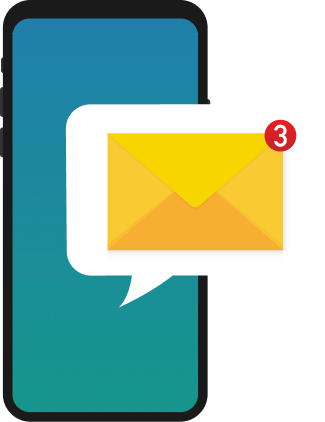
SMS/Instant messaging via apps
A mobile phone is typically always carried by most people. SMS or messaging via apps like WhatsApp and Telegram allows healthcare providers to reach patients easily and increases the likelihood that the messages will be read and responded to.
In order to reduce costly no-shows, many healthcare facilities now use text messaging to remind patients of upcoming appointments. Text messaging is another effective way to get patient feedback. After each appointment, healthcare providers might automatically send text message review requests.
FOR PATIENTS

Patient Experience
Patient satisfaction is attained when every step of the medical process is completed effectively and to the patient’s expectations. Patients anticipate that their medical staff will:
- Pay attention to issues
- Follow up frequently
- Provide progress updates
- Give adequate explanations for each step of the healthcare process
- Regularly update prescriptions
- Securely manage medical records
- Provide high-quality care.
It is only possible if the healthcare team communicates with the patient on a regular basis and focuses on their expectations and needs.
Transparency and loyalty
To get the highest possible standard of medical care, people spend a lot of money on healthcare. They, therefore, anticipate that the entire process will be open and transparent. When a patient is informed about everything, including the cost and rationale for their medications, they feel satisfied and included. It fosters patient loyalty and positive brand perception. Healthcare professionals can maintain transparency by regularly communicating with their patients and informing them of all procedures, diagnoses, and modifications to their treatment plans.


Regular follow-ups
Follow-ups are crucial on a regular basis because:
- They assist in figuring out whether the patient is properly adhering to the prescribed course of treatment.
- They aid in monitoring whether the patient is consistently taking their prescriptions.
- They aid in determining whether a patient is experiencing any negative drug reactions. The medical staff can recommend better treatments and prescriptions when they are fully informed about the patient’s medical history. However, the team can only stay informed about the patient’s medical condition if they regularly communicate with the patient and pay attention to what they have to say.
- They aid in determining whether adjustments to the prescription or course of treatment are necessary.
Informed recommendations
When the medical team is entirely up to date with the patient’s medical history and the latest medical developments, they can offer better treatment and prescription recommendations. However, staying up-to-date with the patient’s medical condition is only possible when the team regularly communicates with the patient and effectively listens to the patient’s inputs.

FOR HEALTHCARE PROVIDERS

Development of trust in healthcare brand
Healthcare is a complex and ever-changing field, and patients must be able to trust their providers to have their best interests at heart. Good communication is essential to building trust between patients and providers.
When patients feel like they are being listened to and their concerns are being taken seriously, they are more likely to trust their provider. Providers should take the time to explain procedures and treatments and answer any questions patients may have.
Open and honest communication about potential risks and expected rate of success can also help to build trust.
Timely Availability of Information
- Helps take proactive steps to improve patient’s condition
- Provide personalized care based on ongoing availability of data

New technologies are constantly transforming the healthcare industry. Technologies that are simple to use, practical, and adaptable can greatly enhance communication in the healthcare industry. The following technologies can ensure effective communication in the healthcare sector

AI-based chatbots
Medical chatbots are AI-powered digital assistants that facilitate communication and connection between patients and healthcare professionals. Thanks to healthcare chatbots, patients can get in touch with doctors when they need them even during a pandemic. For instance, WhatsApp and the World Health Organization (WHO) collaborated in 2020 to create a chatbot service that responds to users’ inquiries about COVID-19. Additionally, they are essential in ensuring that the appropriate stakeholders have quick and easy access to critical health information at the right time.
Smart chatbots support medical professionals and help to improve healthcare processes by producing actionable insights and improving the patient experience. They also keep tabs on patient satisfaction and schedule appointments and track follow-ups and cancellations. A Salesforce survey found that 86% of customers would prefer to communicate with a chatbot than fill out a website form.
Additionally, healthcare chatbots can automate all the lower-level, repetitive tasks that would otherwise be carried out by a representative and offer patients round-the-clock assistance. Patients no longer need to wait in line for hours for a representative to examine their inquiries thanks to chatbots.These chatbots are a big help in intelligently providing empathetic & supportive care because they are intuitively made to make patients feel heard, valued, and validated.
Kiosks
Registration and patient intake are major sources of frustration for both patients and providers. Prior to an appointment, it can be difficult and time-consuming to gather up-to-date patient information, determine the patient’s insurance status, and understand their needs, especially if this process is paper-based. For a wide range of tasks related to patient care and engagement, practices are using a variety of self-service kiosks. In addition to letting staff know that patients have arrived for appointments, patient check-in kiosks enable patients or their caregivers to check in, complete the necessary paperwork, help patients navigate within the facility, book follow-up visits, and even make payments.


QR Codes
When used in the healthcare industry, QR codes can be a potent tool for fostering transparency, enhancing communication, and streamlining the exchange of information between patients and healthcare professionals. QR codes are a simple way to deliver targeted communications to your patients where they are most likely to refer to them: their phones. A survey found that out of all the patients, 67% were at ease using QR codes and that 54% preferred using QR codes to access online information over printed copies.
QR codes connect patients and their families with important information about their health or useful information without requiring them to perform manual steps. Patients can be reached using QR codes in a variety of ways, such as connecting them to the hospital website, directing them to a blog post or video about a specific condition or medication, assisting them in making online appointments, and conveniently making requests during hospital admissions.
IVR
Intelligent Interactive Voice Response (IVR) is an automated technology that allows human callers to make self-service, interactive calls using their phone’s keypad or voice input. The technology reduces the demand to speak with live agents and helps callers to find or input information by phone 24x7x365.
Patients contact healthcare providers for a variety of purposes, including information requests, prescription refill requests, appointment requests, and more. Therefore, it’s critical to be able to manage incoming call volumes and give customers the knowledge and support they require. IVR can be used in the following ways by your medical facility:
- Gather new patient data
- Set up appointments
- Provide medication information
- Collect feedback
- Process payments
- Record requests for prescription refills
- Submitting insurance claims

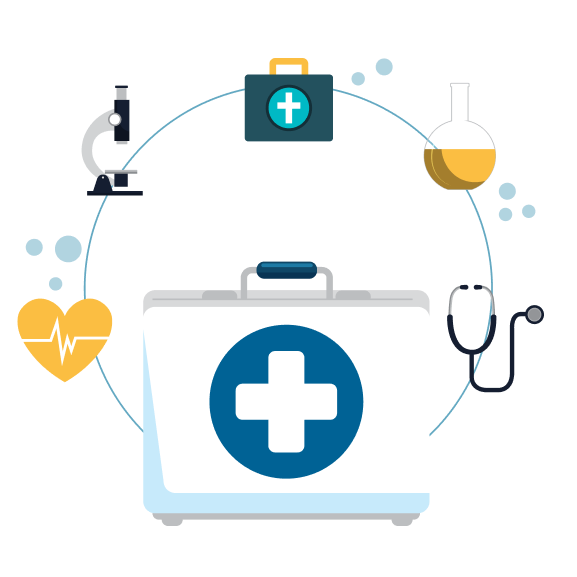
IoT devices
A significant portion of hospital expenses are for medical diagnostics. The routines of medical examinations can be moved from a hospital to the patient’s home thanks to technology. The cost of hospitalisation will be decreased if patients receive the proper outcomes at their homes. The Internet of Things (IoT), a brand-new paradigm, is widely applicable in a variety of industries, including healthcare. Before IoT, it was extremely difficult for medical professionals to continuously monitor patient health and offer recommendations. Remote monitoring in the healthcare industry is now possible thanks to IoT-enabled devices, unleashing the potential to keep patients safe and healthy and enabling doctors to provide excellent care. As doctor-patient interactions have become simpler and more effective, it has also raised patient engagement and satisfaction. Additionally, remote patient monitoring shortens hospital stays and avoids readmissions by keeping an eye on patients’ health. IoT has a significant impact on lowering healthcare costs and enhancing patient outcomes.
IoT for Patients – Patients can access individualised care with the help of wearable devices like fitness bands and other wirelessly connected devices like blood pressure and heart rate monitor cuffs, glucometers, etc. These gadgets can be programmed to remind users to keep track of their blood pressure variations, appointments, and many other things. Alert mechanisms notify concerned family members and medical professionals when a person’s regular activities are disturbed or change.
IoT for Physicians -Physicians can better monitor patients’ health by utilising wearables and other home monitoring devices that are IoT-enabled. They can monitor a patient’s adherence to their treatment regimen or any urgent medical needs. Healthcare professionals can now actively engage with patients and be more vigilant thanks to IoT. IoT device data can assist doctors in choosing the most effective course of treatment for patients and achieving desired results.
IoT for Hospitals – There are numerous other applications for IoT devices in hospitals besides patient health monitoring. The real-time location of medical equipment like wheelchairs, nebulizers, oxygen pumps, and other equipment is tracked using IoT devices tagged with sensors. Real-time analysis can also be done of the placement of medical personnel at various sites. IoT devices help in fall detection of patients, ensuring timely care when patients, especially seniors, experience a fall.
Telemedicine
Telehealth is the term used to describe the delivery of medical or healthcare services via telecommunications technologies. It enables medical professionals to communicate with patients via video calls, phone calls, and chats in order to consult, diagnose, inform, counsel, and treat them.
Through telehealth, patients can consult with medical professionals and receive care at home without having to wait a long time for appointments. The field of telehealth is new. Even though it has been around for a while, there has been a rise in adoption since the pandemic.


Remote Patient Monitoring
The term “remote patient monitoring” describes keeping tabs on patients’ health while they are away from the hospital. With the help of digital technologies, health information is gathered from the patient’s location and securely sent to the doctor’s location.
There are many advantages to remote patient monitoring that can enhance healthcare communication. Additionally, every application for remote patient monitoring complies with HIPAA regulations, which set standards for the security of patient data.
Patient Portals
Patients can access health-related information on websites known as patient portals. Patients can read health-related educational materials and make or cancel appointments using the patient portal. Patient portals also make it simple for patients to communicate with doctors and receive timely responses to questions about their health.
Since patient portals are accessible online around-the-clock, patients can use them whenever they need them. Without having to schedule face-to-face doctor appointments, they could also learn about their health status. Therefore, patients would be encouraged to take charge of their health and make wise decisions that would lead to an improvement in health status.


Mobile Medical Apps
Any healthcare professional could handle patient communication in real-time and from any location with the aid of a mobile app. Most mobile apps offer the option of secure two-way messaging. Patients can contact their doctor whenever they have a question or are running late for an appointment.
A mobile app also makes it possible to access patient data right away. To efficiently manage patients’ needs, healthcare providers may have simple access to data, such as consultation records. They can set up their schedules wherever they are and receive notifications whenever a new request for consultation comes in.
E-mail Campaigns and Newsletters
Healthcare professionals can effectively communicate with patients between appointments thanks to email campaigns. They may also inform patients about new illnesses and medical advancements by regularly sending them emails. Advanced email systems also let medical professionals group their patients into different categories so they can send each group more specific messages. Patients will receive information that is relevant to them instead of messages that seem unnecessary in this way.
Furthermore, in order to remind patients of upcoming appointments, providers may email them. Additionally, they could design campaigns that are pertinent to each patient’s current state of health. They might decide to send emails to patients more frequently when they are still undergoing treatment compared to when they have already been released.


SMS/Instant messaging via apps
A mobile phone is typically always carried by most people. SMS or messaging via apps like WhatsApp and Telegram allows healthcare providers to reach patients easily and increases the likelihood that the messages will be read and responded to.
In order to reduce costly no-shows, many healthcare facilities now use text messaging to remind patients of upcoming appointments. Text messaging is another effective way to get patient feedback. After each appointment, healthcare providers might automatically send text message review requests.Conclusion
In the healthcare industry, effective communication is crucial. It oversees the efficient operation of the healthcare sector. A healthcare system’s ability to function can be completely disrupted by poor communication systems, which can also cost them a lot of revenue and damage their reputation.
Every industry, including the healthcare sector, is moving towards high-efficiency thanks to technology. Healthcare communication can be greatly enhanced with the aid of various technologies.




